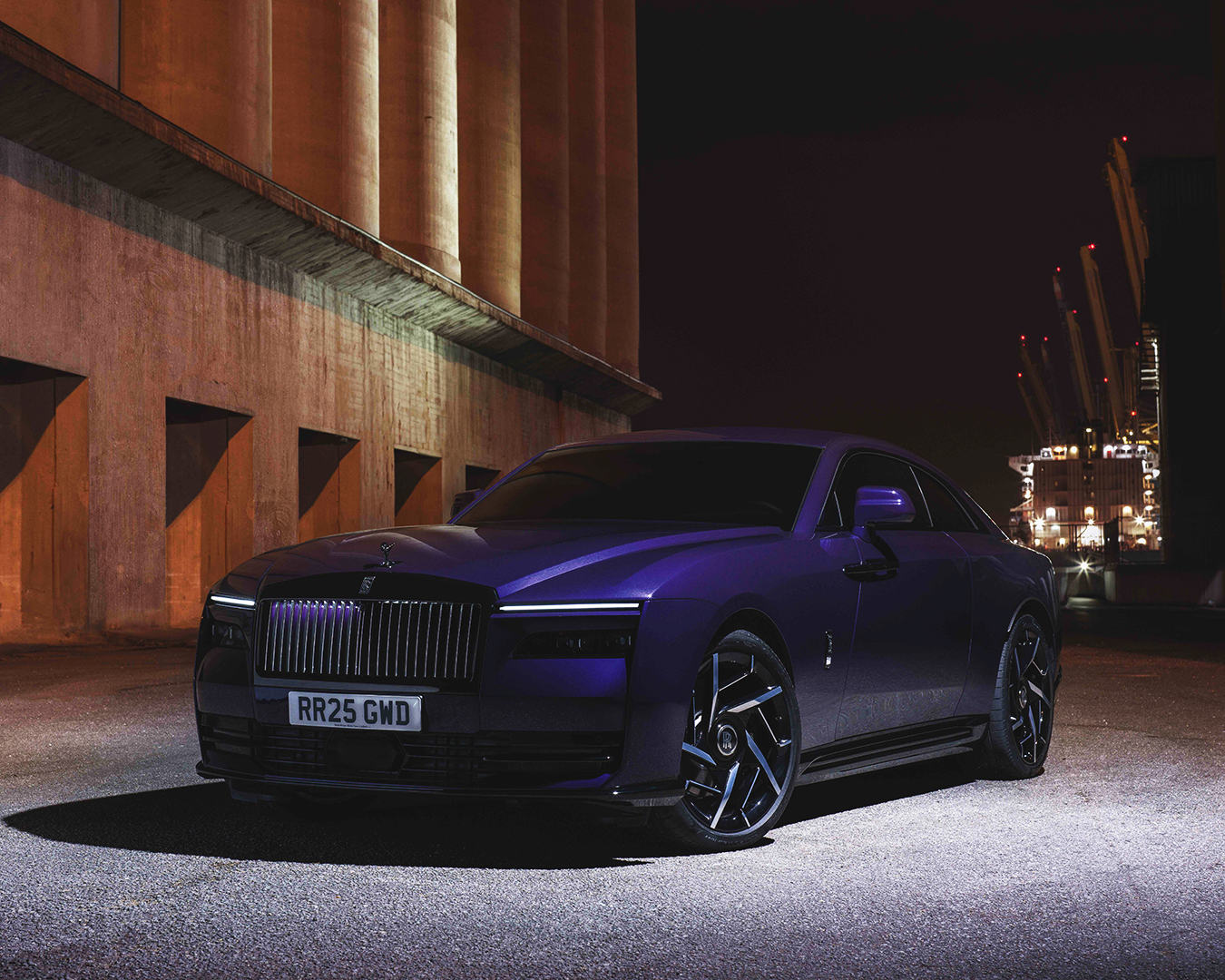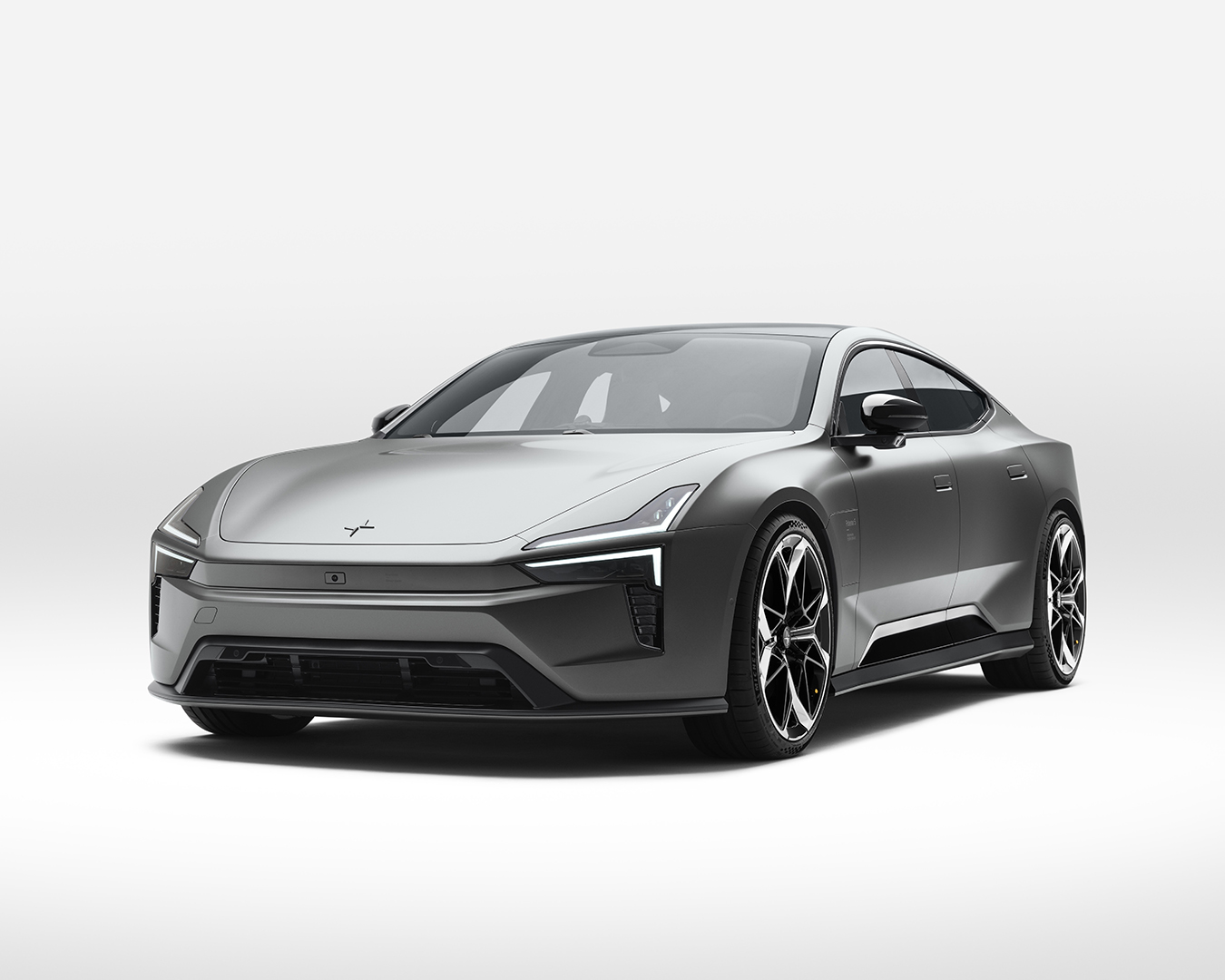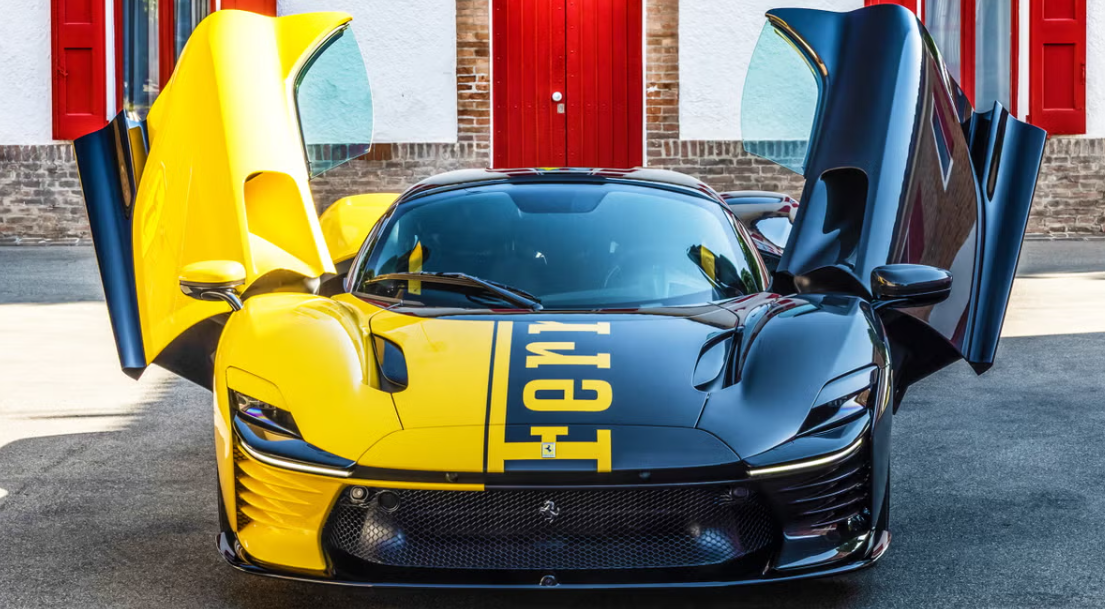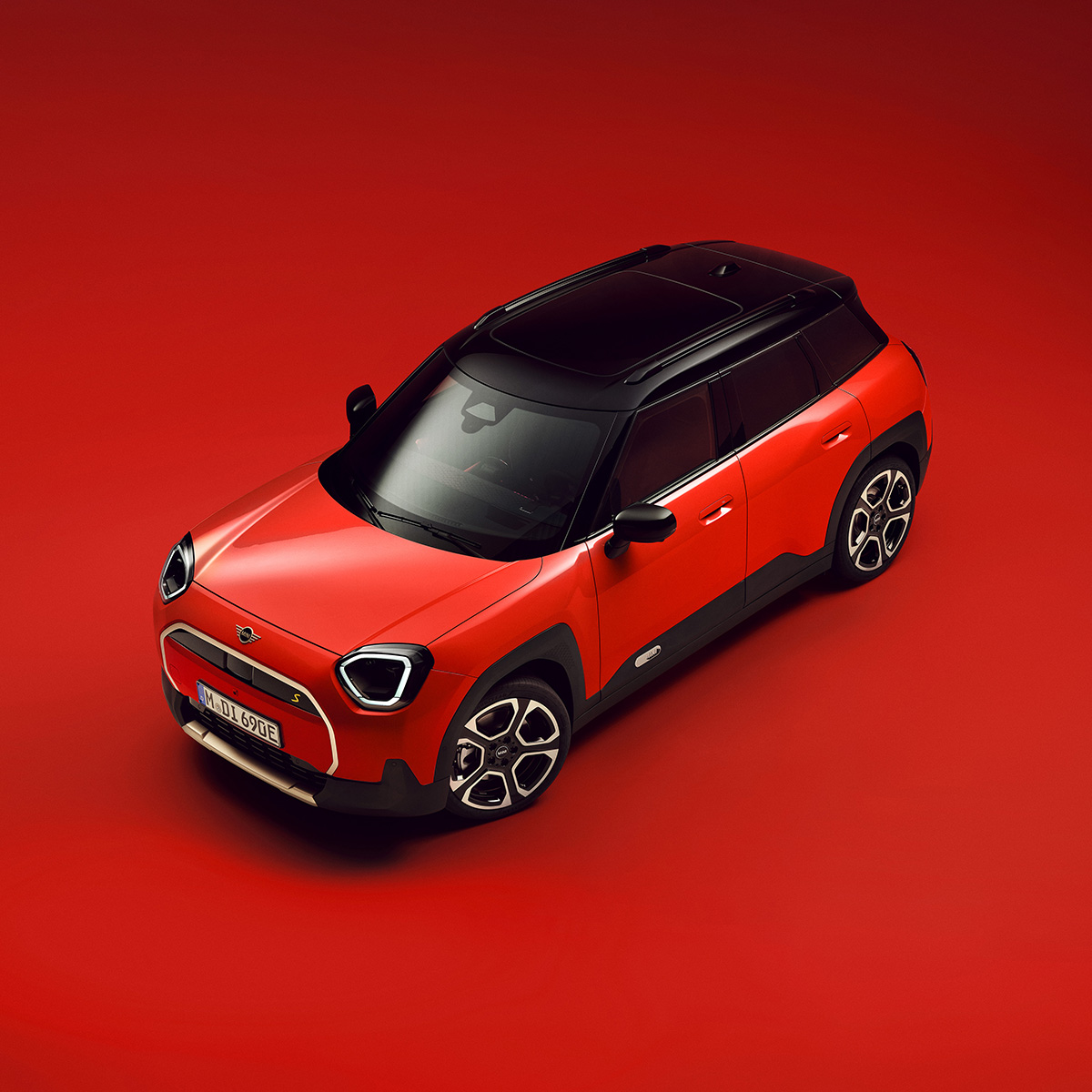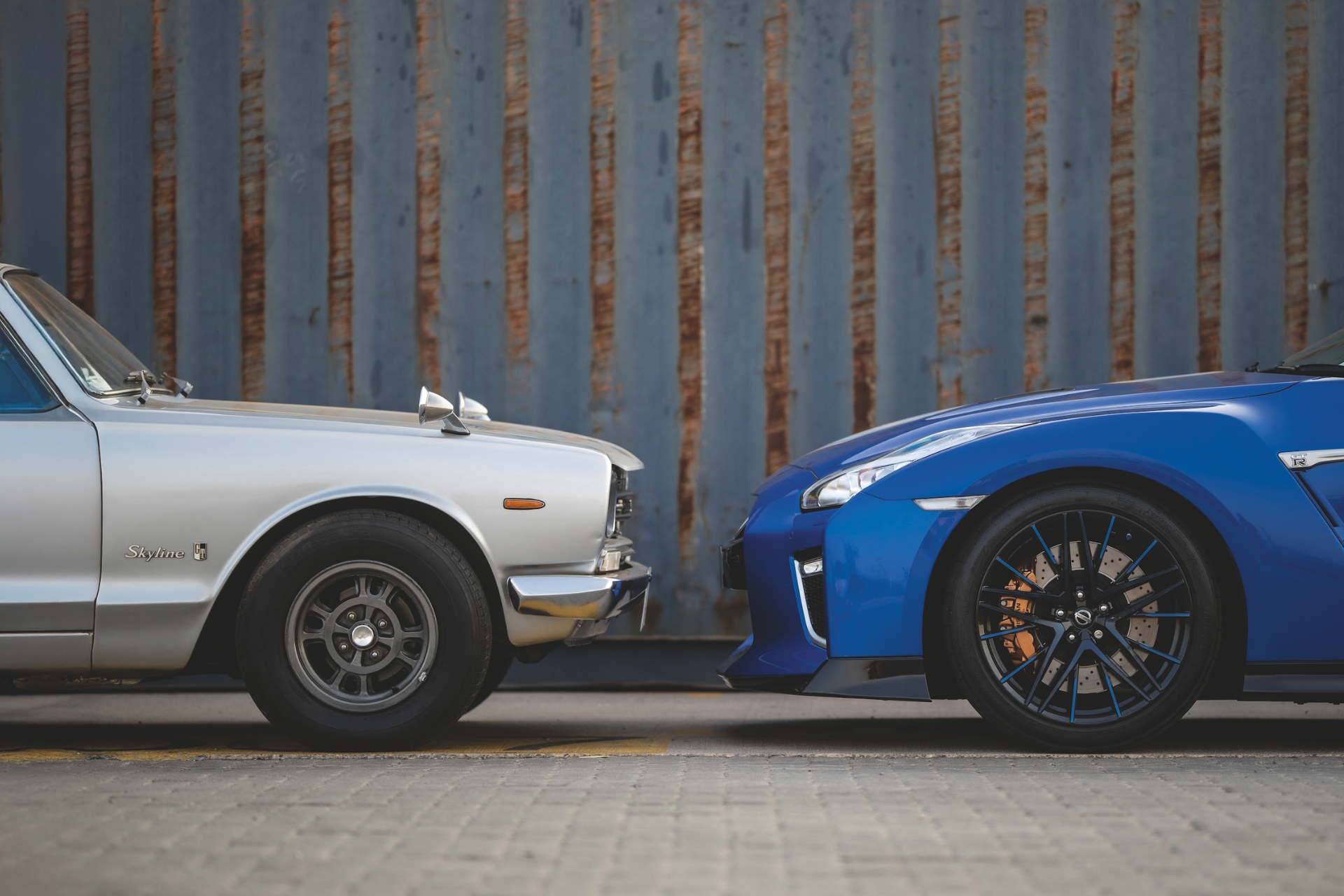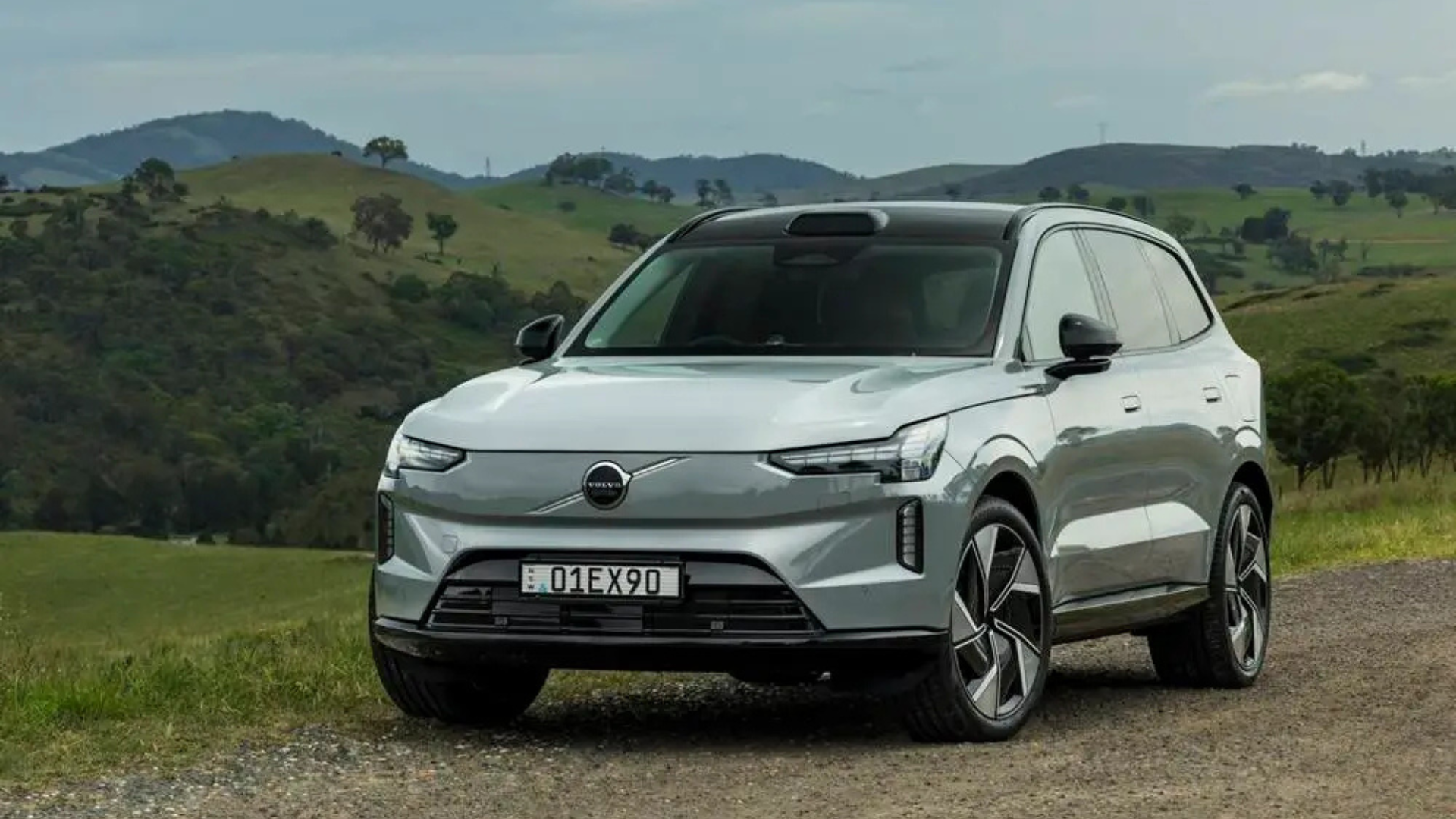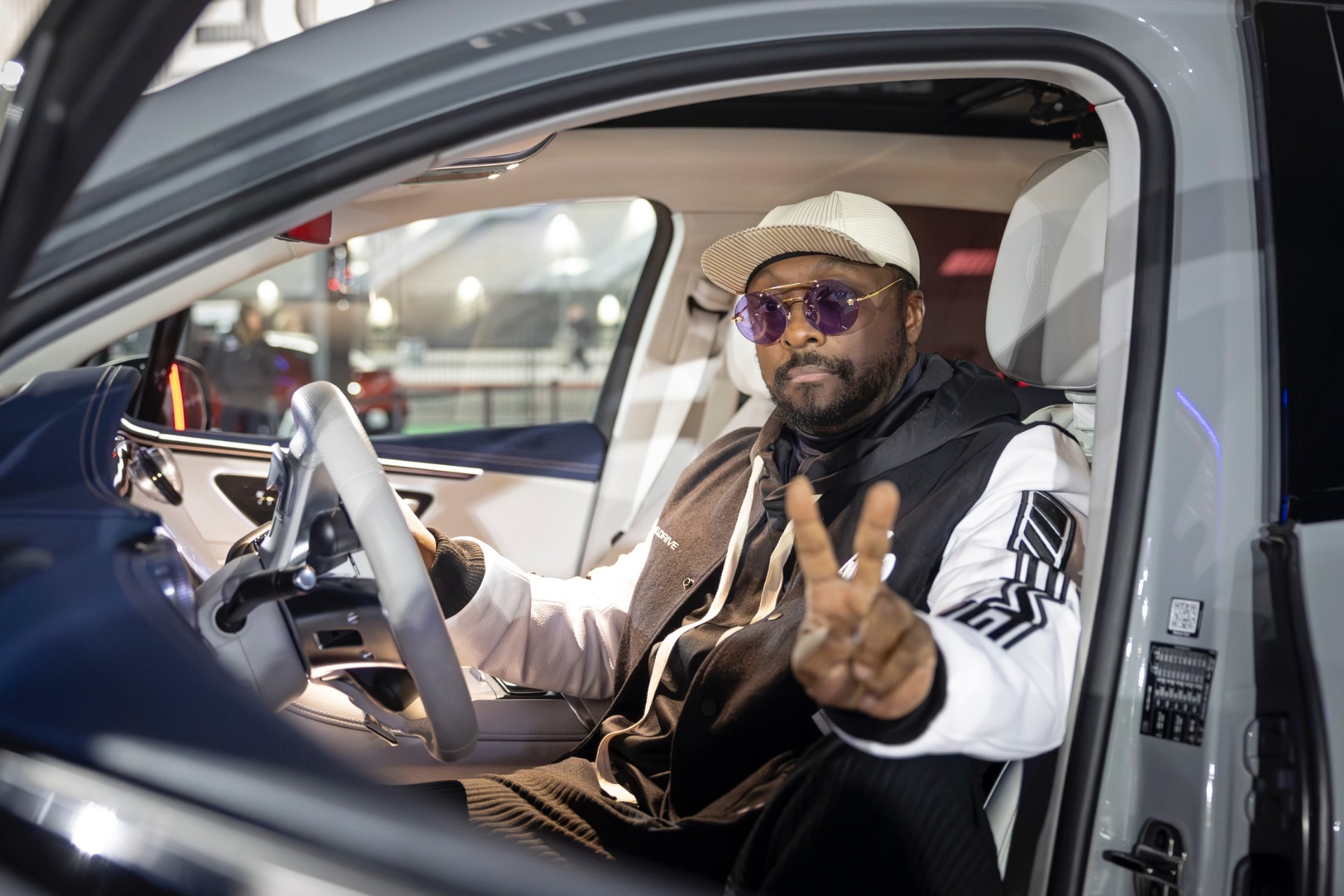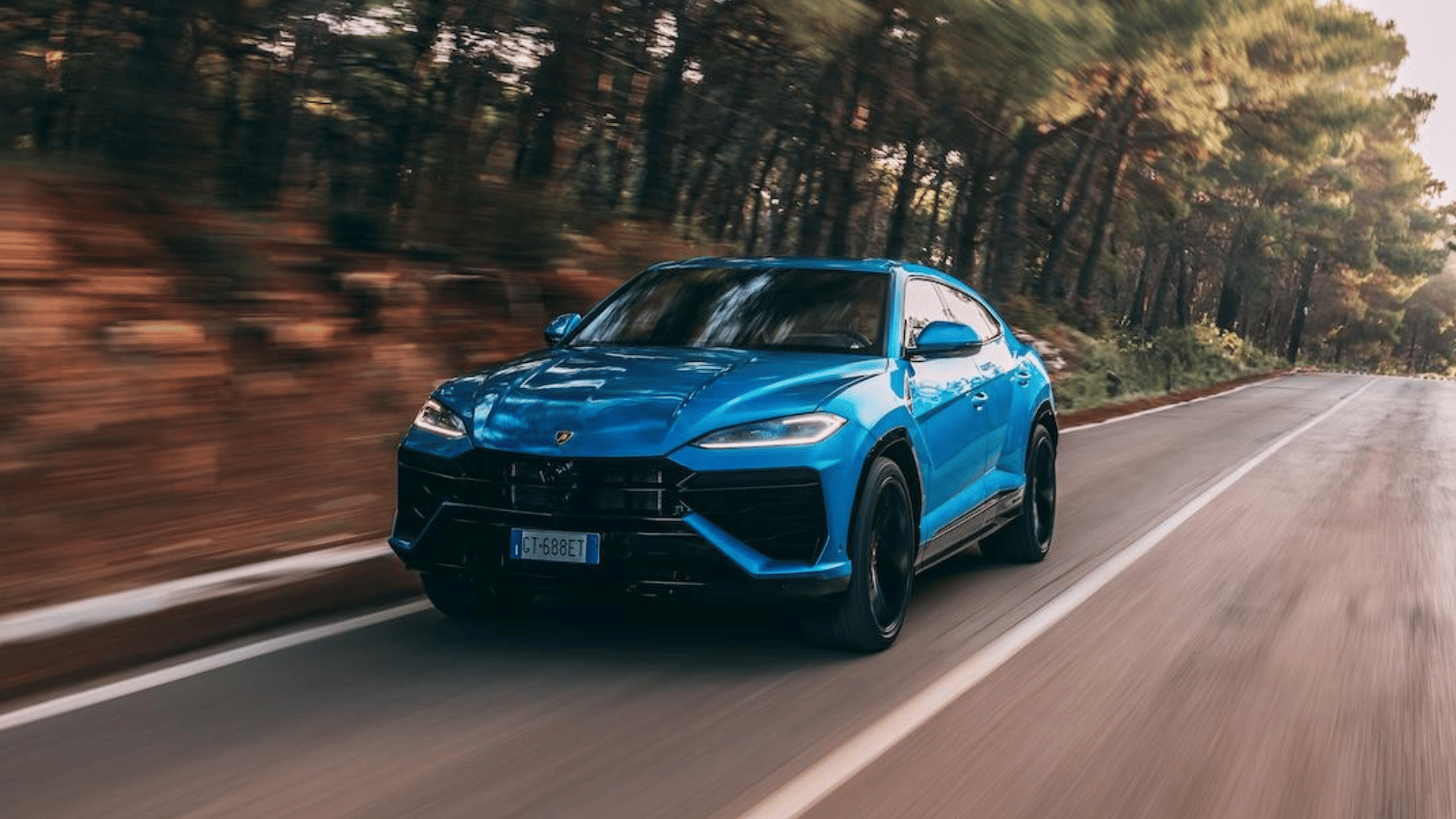How the Lamborghini Temerario is shaping the future of the electrified supercar
The new Lamborghini Temerario proves the electrified future of the super sports car is bright enough to tempt even the purists

ASK ANY INVENTOR OR CREATIVE, and they’ll tell you: the romance of the blank page, the open brief or the bottomless budget is a myth. History has proved that limitation – the seemingly suffocating force on creativity – is the number one catalyst for innovation. The best chefs work with what’s in season; the best designers pursue beauty through utility; and the most important inventions of our time materialised during periods of scarcity. And now, amid a new era of restrictions, regulations and emerging customer behaviours, this very same concept is redefining one of the most heralded, indulgent and visceral icons of freedom – the super sports car.
While enthusiasts may lament the departure of their beloved high-drama V10 and V12 engines, over in Sant’Agata Bolognese, Italy, Lamborghini – a marque deeply anchored to these engines – is embracing the industry’s new friction points. Not by abandoning its identity, but by reinterpreting it through new petrol-hybrid powertrains, software technology, engineering mastery and a healthy dose of boundary pushing. Enter: a new era of the Raging Bull, and its latest masterstroke of a machine, the Temerario.
For a decade, the agile, compact and dramatic Lamborghini Huracán ruled through iconography, a range of multiple variants and major commercial and motorsport successes. As the entry-level, two-door Lamborghini, it carried through the legacy of the Gallardo, the original V10 Lamborghini and the first car to be introduced under Audi’s (and its parent company, Volkswagen Group) leadership. And it’s this weight of legacy that’s now being placed on the new Temerario – importantly, not a V10, but a 4.0-litre twin-turbo V8 petrol-electric hybrid.

A new charge
The concept of the hybrid supercar (Lamborghini refers to them as ‘super sports cars’, and always female, fun fact) is not new. Over the years, there have been many examples of combined-power halo cars that have gone on to become legends. There is, of course, the holy trinity of the 2010s, the Ferrari LaFerrari, McLaren P1 and Porsche 918 Spider, which enthralled the world at a time when hybrid meant “Toyota Prius”.
More recently, thanks to leaps in engineering (and a little Formula 1 inspiration), we’ve seen and been wowed by the McLaren Speedtail and W1, Ferrari SF90, Aston Martin Valkyrie and Valhalla, Mercedes-AMG ONE and Lamborghini Sián, among others. Where the holy trinity was created as more proof-of-concept showcases of the technology, and those newer super and hyper cars mentioned were either special edition, limited run or, like the SF90, technically a series production car (but still only available to a few), the Temerario joins an ever-growing list of new production (meaning more available, part of a marque’s regular line-up and not as limited) super sports cars, which are the result of integration of hybridised powertrains into the roadmap of supercar makers’ future.

Essentially, electrification is no longer a party trick, but a core product strategy for major performance marques. See also: McLaren Artura, Ferrari 296, the Temerario’s cousin car, the Lamborghini Revuelto V12 hybrid; and technically not a supercar in the same league as the others (depending on whom you ask), but an important new model to note that’s expected to take the battery-assisted route when it launches this year – the Porsche 911 Turbo.
Emissions, noise and safety regulations represent one challenge. Another is the emerging flop era of the battery electric vehicle – yes, hype still abounds, but sales are softening, resale is a major customer concern, automotive group electric targets are being redrawn, and many legacy makers are realising it’s becoming very hard to compete with China (not that Lamborghini or Ferrari have that problem). Even Lamborghini CEO and president Stephan Winkelmann admitted to us at the launch of the Temerario that shifts in customer sentiment and acceptance around BEVs, particularly within the super sports car segment, are causing Lamborghini to look at “every option” for their next and fourth new car, which has been delayed and was originally expected to be pure electric. This all affects what is, arguably, the biggest uphill battle: as older production models (read: icons), like the Huracán and the Revuelto’s predecessor, the Aventador, get retired, it’s not so much about developing a shiny new halo car, as it was in the past, but developing a new breed of super sports car, within these limitations, that still holds up against what came before. And it must be impressive enough to bring those petrol-head purists and past and emerging customers into the future and along for the ride. Even if it’s a little bit quieter.
Emotion by wire
With several years of development under its belt, the shark-nosed, clean-lined Temerario is an extremely impressive machine. It brags a sum of numbers the Huracán could never [match?] – and keep in mind, this is the entry-level two-seater Lambo (starting from $613,885, plus on-road costs): 677kW (907hp) of power, a maximum speed of 343km/h, a rocket ship launch of 0-100km/h in 2.7 seconds – and a roaring redline of 10,000rpm, which is unheard of in production and performance twin-turbos. The electric side of things is where a lot of the magic happens: a 3.8kWh, lithium-ion high specific power battery pack and three electric motors (two on the front axle, one on the crankshaft towards the rear) and in-house developed software. As impressive as they are, those numbers are just part of the reason electric-petrol powertrain and software combinations are tempting engineers to see how far they can push things towards the edge. The rest is in the innovative ways Lamborghini is using electronic assistance to create new levels of playfulness, agility and adrenaline-fuelled feels.
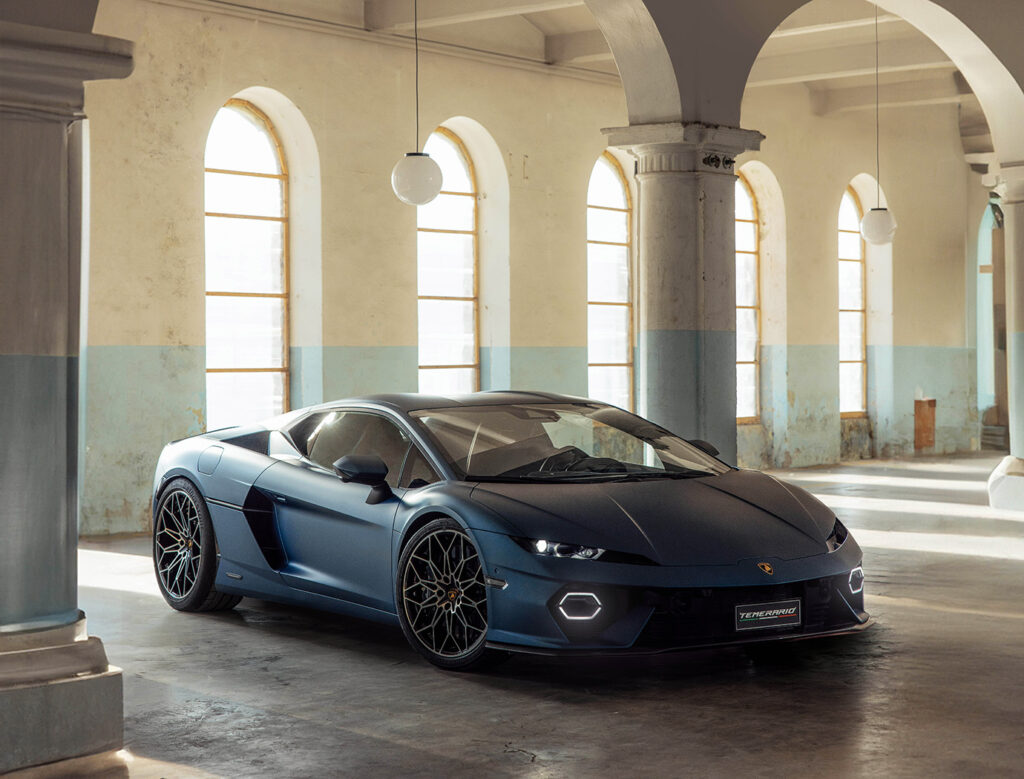
Lamborghinis are highly emotional vehicles, full of soul, drama and voracity – attributes often linked to the now-gone V10. And as Winkelmann points out, these cars are not just defined by their straight-line speed – that’s the easy part. “Performance is driven not by just acceleration and top speed, but by emotion, handling, behaviour,” he says. “All of this is paramount for our cars, and therefore, the racer experience is much more important than just going straight and fast.” As such, the Temerario is very much a drama queen across the board. There are very few visceral, adrenaline-heavy experiences close to the insane, slightly terrifying feeling of being behind the wheel and dive-bombing down a race track at over 300km/h to a raging redline of 10,000rpm, to then stand on the brakes before a corner hoping the car stays stable, sticks and turns in where you need it to. Or, switching it to its three-level “drift mode”, burning bespoke-developed, Temerario-exclusive, Bridgestone Potenza Race rubber around a chicane and again, hoping it’s nimble, powerful and precise enough to hold you in and get you out of the drift – even if you mess it up. All these things we did in the Temerario (and lived to tell the tale) with ease – this car is an incredibly intuitive wonder. It can and will suffer fools. Straight out of the gate and at the limit.
Importantly, none of this would have been possible without the electric system under the skin. The combination means new levels of agility, grip, precision and balance. This is thanks to the house-developed algorithms in the four drive modes, the battery and tri-motor placement and things like electric torque vectoring on the front wheels (which controls how much power is sent to each wheel upon cornering). There is also the sheer linear power delivery – if you’ve ever driven an EV, you’ll be familiar with this – which works in tandem with the engine to propel the car, stabilise upon braking and fill the gaps in the turbos. Finally, that unheard of but oh-so-holy rev limit? Again, all thanks to the hybrid system.

According to Lamborghini’s chief technical officer, Dr Ing. Rouven Mohr, the turbos in the Temerario are so large (over 70mm) that without the electrical system assisting the engine, it would be undrivable, and the compact packaging – very different. This, he says, was key to making sure this wasn’t your run-of-the-mill turbocharged engine. “We wanted to give the car, the engine, a completely different character compared to other turbocharged engines,” he said. “The concept is only working with this hybrid component. Without the hybrid component, we would have to downsize the turbochargers. If we had to downsize the turbochargers, you could forget the high revs.” The sum of parts that make up the software, algorithms and behaviour of the system, as Mohr says, “is how we create emotion”.
Hedonistic machine made for modern living
Lamborghini noticed that a third of its customers were using their Huracán as a daily driver, so making the Temerario as liveable and versatile as possible, without losing its specialness, was key. This isn’t a tendency exclusive to Lamborghini customers, but one we are seeing across the board: luxury supercar owners are increasingly inclined to drive their investments, as often as possible, so carmakers are all facing new challenges around space and use case. To achieve this in the Temerario, every component had to be extremely compact and lightweight, and its muscular, streamlined body has been shaped around a new aluminium chassis that makes more room possible.
Lamborghini claims the Temerario has more space for passengers and luggage than any of its competitors and, compared to its predecessor, more ergonomic seating, more legroom, more visibility, more cargo space (112-litres under the front hood, plus space behind the seats) and enough headroom to accommodate those up to 200-cm tall, even when wearing a helmet. And for those on the shorter side of things (me, at 158cm), even the low-profile, race-seat option can be raised high enough for optimal visibility, without the use of a folded piece of clothing or pillow as a makeshift booster – which is not something many others can claim, take it from me and my track-day pillow. The drivetrain is, too, designed to behave as a theoretical grand tourer when it needs to. The addition of an eighth gear, for example, allows it to cruise comfortably on the highway and reduce fuel consumption. Once again, all crucial elements for Lamborghini’s next gen super sports car, but challenges in the pursuit of agile performance, nonetheless.
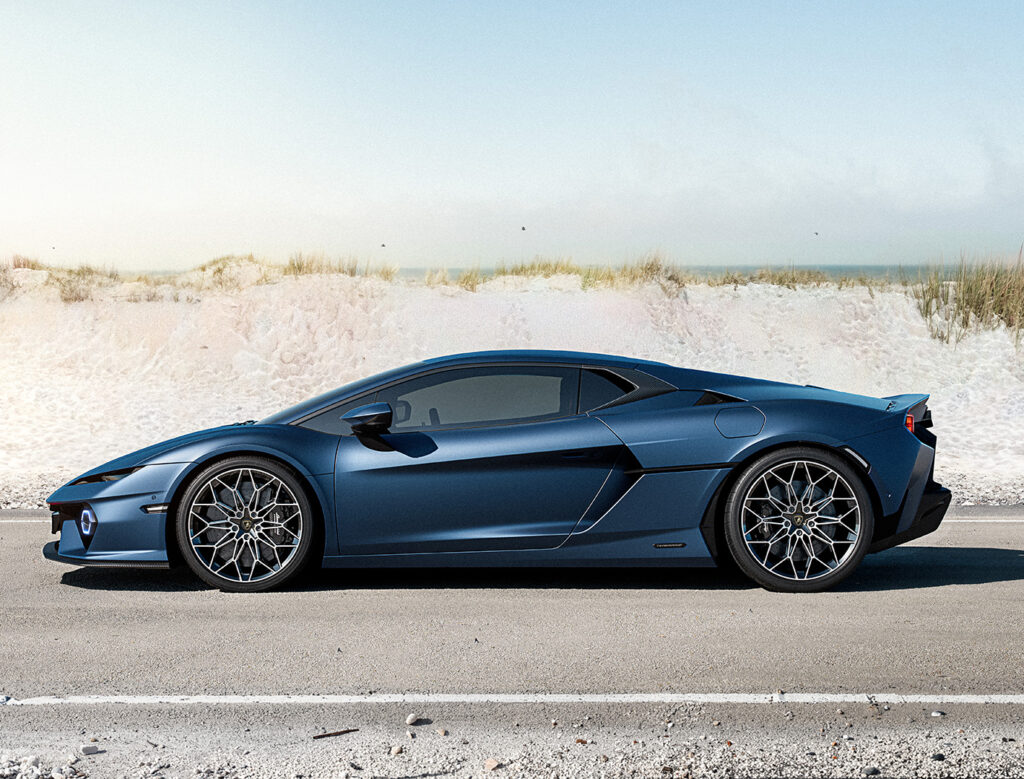
The increasingly digital world we live in is also impacting the future of the supercar, and it’s a factor we’ve seen many marques struggle with across screen size, software UX, integrated connectivity and haptic touch versus tactile buttons. In the case of some brands, like Ferrari’s recent shift back to a physical start button in the new Amalfi, it seems the struggle to find balance and luxury purity is real. There is an argument for the old-school feel of tactile switches and buttons, especially when we look at the highly advanced, software-dependent, lower-price-bracket vehicles coming out of China – many technologies once considered premium have been devalued. “In a Lamborghini, you feel like a pilot,” Lamborghini’s director of design, Mitja Borkert, tells us. “You will see everywhere [in the Temerario], Lamborghini buttons. This is something we have been criticised for in the past, but today, we have one language, every knob and every button is Lamborghini.”
‘Pilot Interaction’ is Lamborghini’s name for user experience, and indeed, like the cars that came before, the Temerario very much has that fighter-jet cockpit feel. “You have screens, but we are not the king of television screens; we have the right amount of information, focused for the pilot.” This includes a small floating central screen that can ‘swipe’ information across to a secondary, thin passenger screen, set into the dashboard in front of the passenger. As an option, there’s also a fantastic, Temerario-bespoke, seven-speaker sound system from high-end, ultra-niche Italian brand Sonus Faber on the table – which has its own lore of mind-blowing engineering behind its creation as well.
Another desire emerging in the digital-native customer, one that Paolo Racchetti, director of model line Temerario, admits he found surprising, is the enthusiasm for sharing content made within the vehicle, such as video footage and telemetry data. This is a feature that first arrived on the track-focused, road-legal Huracán STO, and has evolved for Temerario, resulting in a three-camera setup, inside and outside the car. It also utilises Lamborghini’s customer app, UNICA, which is connected to the car and has a wide range of use cases, including continuously monitoring the car’s fuel, battery charge, range and location. “Telemetry is seen not only as an instrument to analyse the driver’s ability, but it’s now seen as an opportunity to share their lap times on social media platforms,” Racchetti says. “That’s why we have developed not only telemetry, but also the memory recorder, so you can record up to two minutes of [continuous] video on the road. I really think that this kind of experience will grow and grow and grow in the future.”
Now in its 62nd year, Lamborghini remains as one of the most recognisable and audacious brands within the automotive space – which may sound like a powerful position, but comes with many uphill battles within an ever-evolving, data-driven and regulation-heavy space, particularly in terms of keeping the purity of a high-performance vehicle, as we know it, alive. “You have to be disruptive by keeping the Lamborghini brand a shining star,” Winkelmann says. “Because one of the things I learn constantly is that there is no still-standing value; there is constant adaptation, not only on the technology, which is obvious, but also the <change> of technology, which is a bit more difficult to see and to accept. And, last but not least, the brand values are changing with all the things that are happening around the globe, new generations stepping in, and so you have to be disruptive and protective at the same time. You have to push. You have to drive.”
Despite everything, the thrill of the chase in Sant’Agata doesn’t just happen on the track; it happens within all the limitations now being placed upon the storied super sports car. “You know, it’s a good moment in time to be in the automotive business,” says Winkelmann with a smile, after we give him our gushing feedback on this weapon of a car between laps. “Because you can be the driver of the change in a way that the people can continue to love your products. And as long as we can achieve this, I think we are on the right track.”
Related:
The 5 new cars everyone is talking about
Rolls-Royce has become the luxury car of choice for custom-hungry millennials












